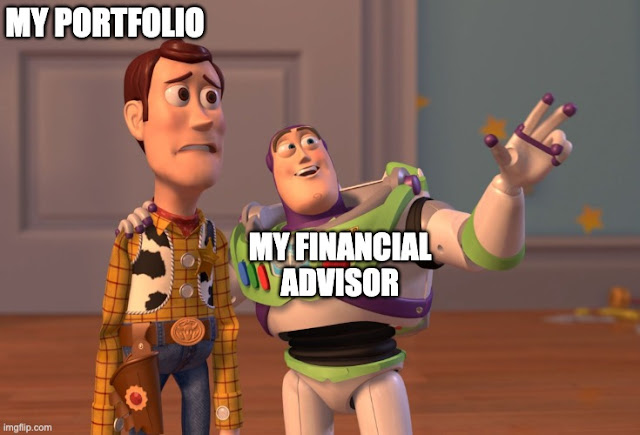SPIVA: The Scorecard your Financial Advisor will never show you
When it comes to investing, many people who are less financial savvy turn to financial advisors (FAs) for guidance and advice. Ideally, FAs are expected to act in the best interests of their clients and provide them with recommendations that will best help them achieve their financial goals. However, in reality, there are self-serving FAs who prioritise their own interests over their clients', and this is unfortunately more common than we would like. For instance, FAs often promote investment-linked insurance plans (ILPs) because these products offer high commissions that the advisors can earn from selling them. They often touts the benefits of these professionally managed ILP funds which are managed by fund managers with years of expertise and experience in analysing markets and making investment decisions, and the flexibility to adjust their portfolios based on market conditions and outlook to help you earn higher returns. It sounds good, but none of these claims are backed by data.
The S&P Indices Versus Active (SPIVA) scorecard is a report published by S&P Global that analyses the performance of actively managed funds relative to their respective benchmark indices. The report provides comprehensive analysis of the performance of actively managed funds across various asset classes, regions and investment styles. The SPIVA report is updated on a regular basis, and it consistently shows that the majority of actively managed funds underperform their benchmark indices over the long term. For example, the 2022 mid-year report found that 96.9% of the large-cap funds underperforms the S&P500 over a 20 year period.
The findings of SPIVA underscores a few key takeaways:
- Majority of the actively managed funds underperform their benchmark indices over the long term
- The underperformance is consistent across asset classes, regions and investment styles
- The cost of investing in actively managed funds significantly reduces investor's overall returns
You may be thinking, 'Well, we just need to invest in those funds that have demonstrated the ability to outperforms the benchmark, right?' The problem with this approach is that funds that can achieve this feat rarely exist, if at all. According to the 2022 mid-year SPIVA persistence scorecard, of the 489 funds, NOT A SINGLE FUND whose performance was in the top quartile in 2020 managed to remain in the top quartile in the next 2 years. The conclusion that I draw here is that strong past performance of a fund are typically due to luck rather than skill of the fund manager.
Other studies have also found similar conclusion. For example, in the 1997 paper On Persistence in Mutual Fund Performance by Mark Carhart, he concluded that skilled or informed mutual fund portfolio managers do not exist. Another paper by Pace et al. (2016) found that net of fees, actively managed funds do not have any outperformance in excess of the market return.




Comments
Post a Comment